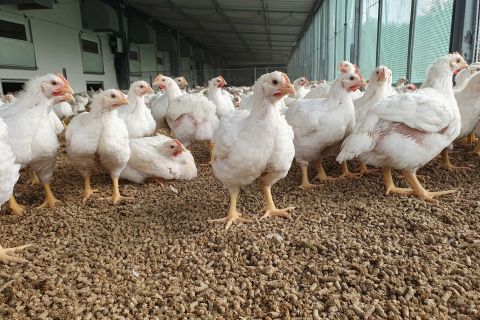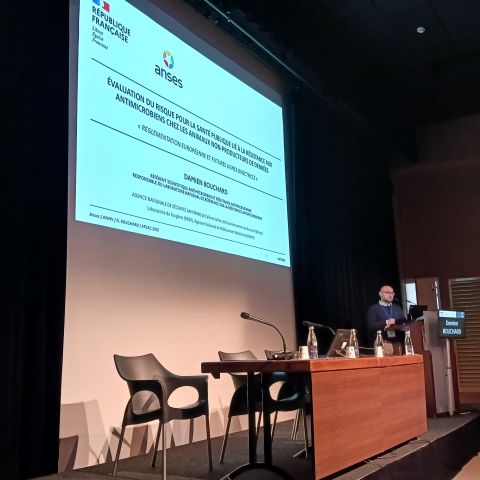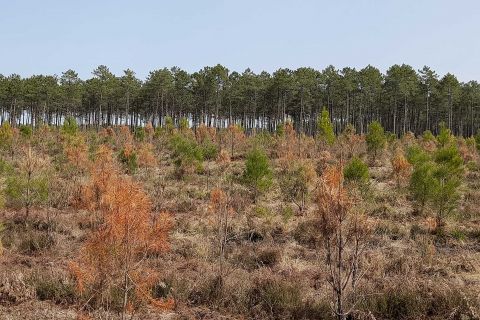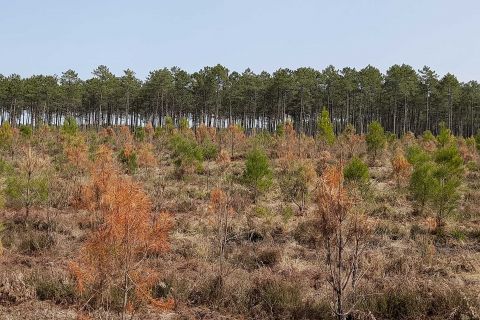A case reported via cosmetovigilance
In February 2025, via its cosmetovigilance scheme, ANSES was informed of an adverse effect that had occurred in a young woman using an eyelash serum. After five months of daily application to the base of her upper lashes, she noticed a change in the colour of her left eye, which had become significantly darker, as well as loss of fat around both eyes, accentuating her dark circles. It turned out that the product contained isopropyl cloprostenate, a substance similar to prostaglandins, which was responsible for these adverse effects.
Substances used in ophthalmology
Prostaglandins and similar substances are hormones used in eye drops, in ophthalmology, in the treatment of glaucoma. They promote eyelash growth and can cause iris colour to permanently darken, going from green or blue to brown, for example. They can also cause chronic eye irritation or even the melting of periorbital fat. Nearly 10% of all patients treated are affected. In a medical setting, these risks are accepted because the treatment is essential, and the doctor informs the patient that they may occur.
Regulations currently under review
In June 2025, the European Scientific Committee on Consumer Safety (SCCS) published a preliminary opinion submitted for consultation stating that none of the three prostaglandin analogues evaluated could be considered safe for use in cosmetics. The European Union's final conclusions could lead to a ban or restriction on these substances.
Informing consumers pending changes in the regulations
Without waiting for a possible change in the regulations, ANSES is warning users about the risks associated with these products, some of whose effects, such as changes in iris colour, are irreversible. The packaging of these products usually does not include statements informing consumers of these risks.
>If you notice an adverse effect after using a cosmetic product, you should report it on the dedicated portal. Your report can help protect other consumers.








